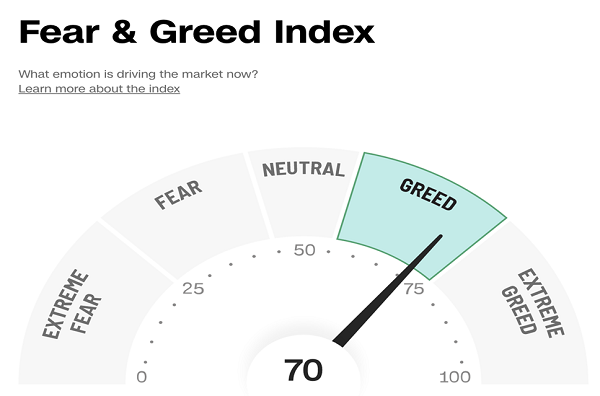We’ve got a rare “delayed reaction” income play on our hands right now. Thanks to the April stock-market plunge, we can now pick up 12%+ dividends at attractive discounts. But I don’t expect this opportunity to last very long.
I know early April feels like a while ago, but it created our opportunity, and the chance to buy is still available today. It lies in closed-end funds (CEFs). (I’ll show you three that pay those outsized 12%+ yields in just a second.)
In a nutshell, these three funds trade at discounts to their portfolio values—known as “net asset value,” or NAV, in CEF-speak.… Read more


Recent Comments